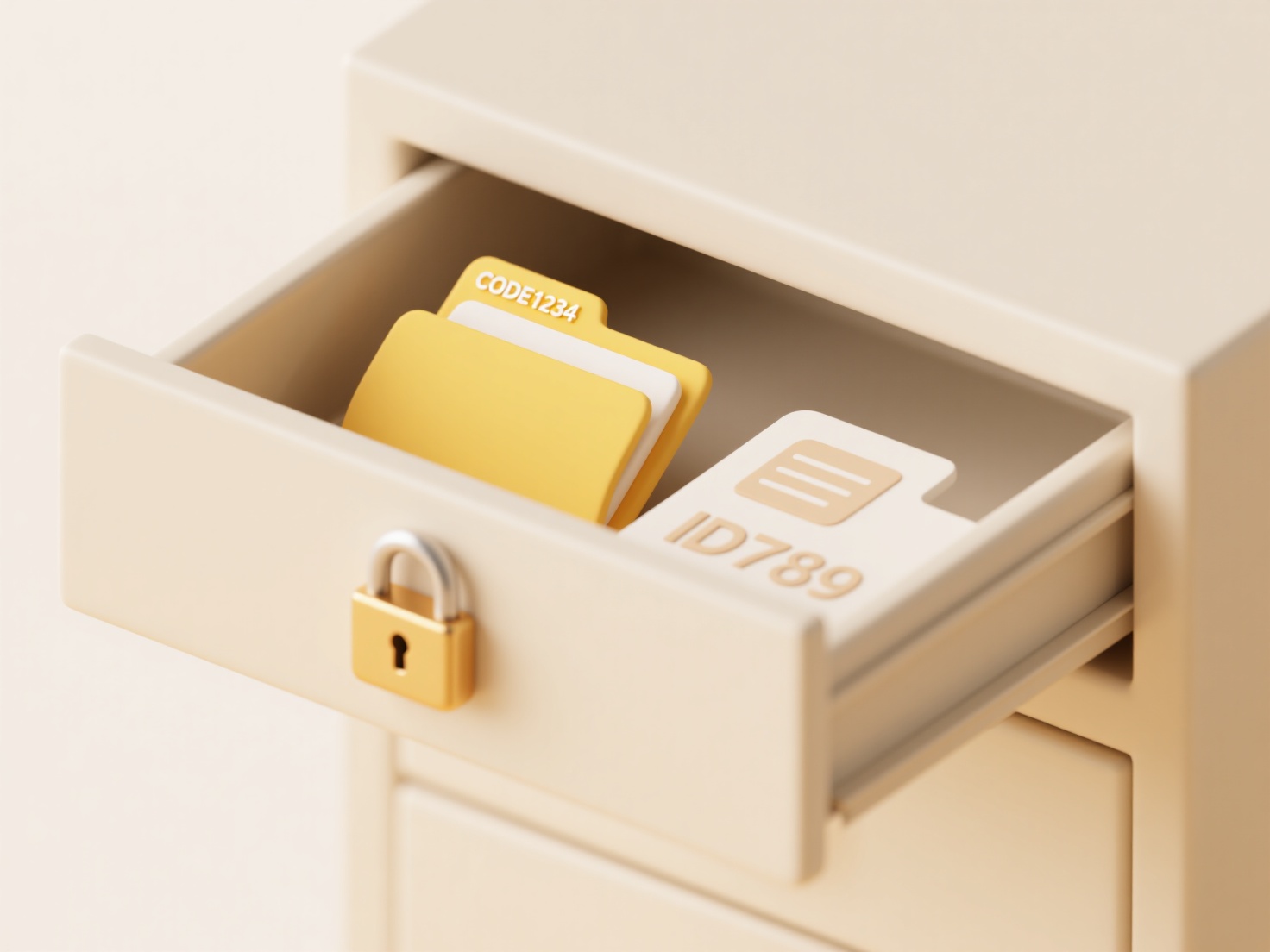
File keyword alerts automatically notify you when documents containing specific words or phrases are stored in a designated location like a folder, cloud storage system, or monitored device. This works by continuously scanning new or modified files against your predefined keyword list. It differs from basic file modification alerts by focusing on content rather than just file names, creation events, or size changes. Many platforms build this capability using automated scanning rules that trigger notifications upon keyword detection.

Common real-world uses include receiving alerts whenever a competitor's name appears in saved reports within a corporate shared drive, or being notified when sensitive terms like "confidential" are detected in files uploaded to a cloud storage platform like Google Drive, Dropbox, or Microsoft SharePoint. Security software and specialized monitoring tools also use this for detecting unauthorized sensitive data exposure on endpoints or file servers.
This functionality greatly improves awareness of relevant content and potential security risks like data leaks. However, limitations include false positives from similar terms or unrelated context, requiring careful keyword tuning. Ethical use necessitates clear disclosure policies if monitoring shared or personal data. As machine learning improves keyword context analysis, these alerts become more accurate, driving adoption in compliance, research, and threat detection fields for proactive data handling.
Can I create alerts for when a file with certain keywords appears?
File keyword alerts automatically notify you when documents containing specific words or phrases are stored in a designated location like a folder, cloud storage system, or monitored device. This works by continuously scanning new or modified files against your predefined keyword list. It differs from basic file modification alerts by focusing on content rather than just file names, creation events, or size changes. Many platforms build this capability using automated scanning rules that trigger notifications upon keyword detection.

Common real-world uses include receiving alerts whenever a competitor's name appears in saved reports within a corporate shared drive, or being notified when sensitive terms like "confidential" are detected in files uploaded to a cloud storage platform like Google Drive, Dropbox, or Microsoft SharePoint. Security software and specialized monitoring tools also use this for detecting unauthorized sensitive data exposure on endpoints or file servers.
This functionality greatly improves awareness of relevant content and potential security risks like data leaks. However, limitations include false positives from similar terms or unrelated context, requiring careful keyword tuning. Ethical use necessitates clear disclosure policies if monitoring shared or personal data. As machine learning improves keyword context analysis, these alerts become more accurate, driving adoption in compliance, research, and threat detection fields for proactive data handling.
Quick Article Links
How do I add shared files to my own drive or workspace?
Adding a shared file to your drive or workspace creates a direct link to that original file within your personal storage...
Can I share a file without giving folder access?
Sharing a file without giving folder access means providing specific access permissions to an individual file, while the...
How do I monitor for the appearance of new files?
File monitoring involves automatically detecting when new files appear in a specific directory or set of locations on a ...